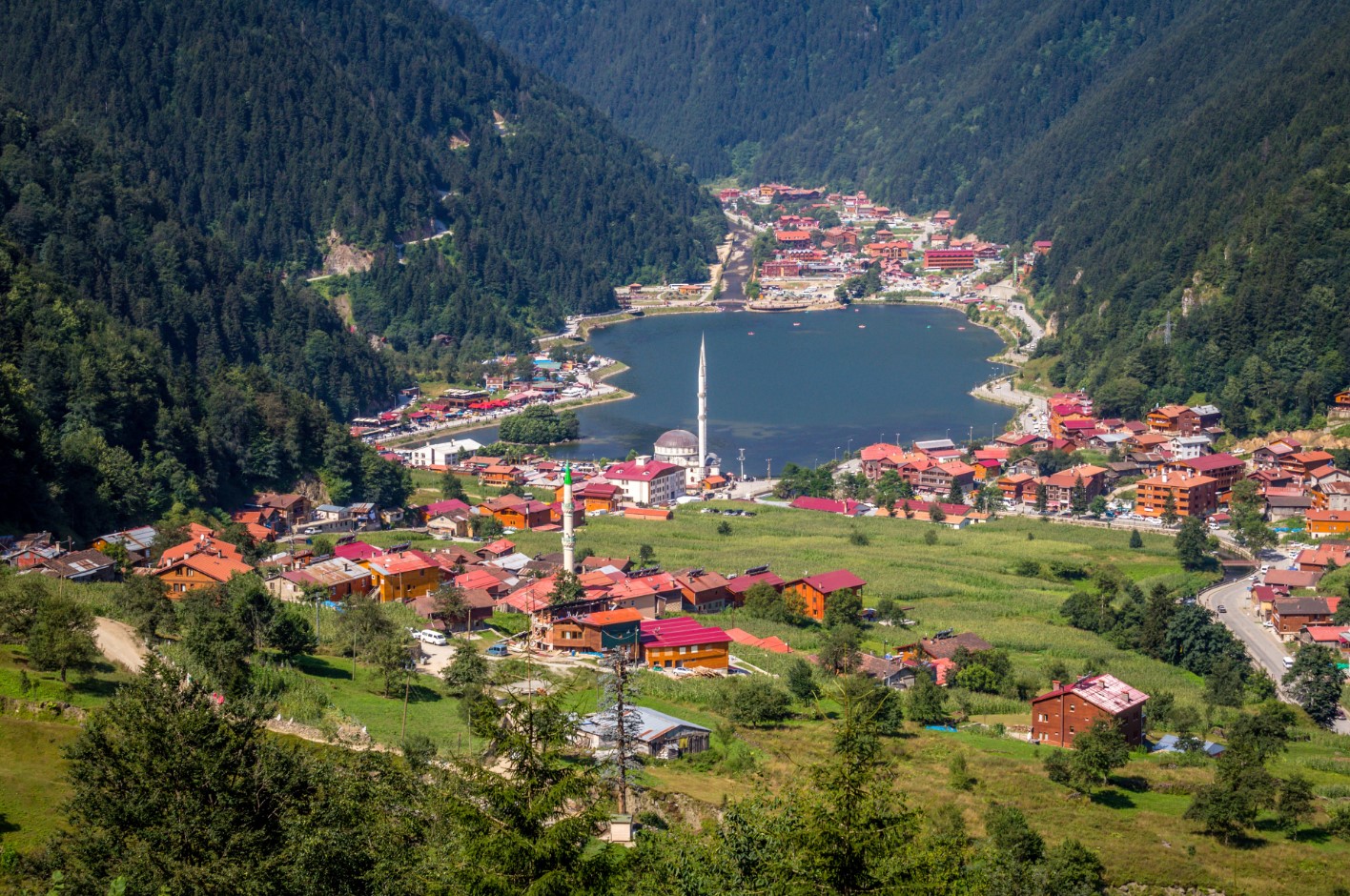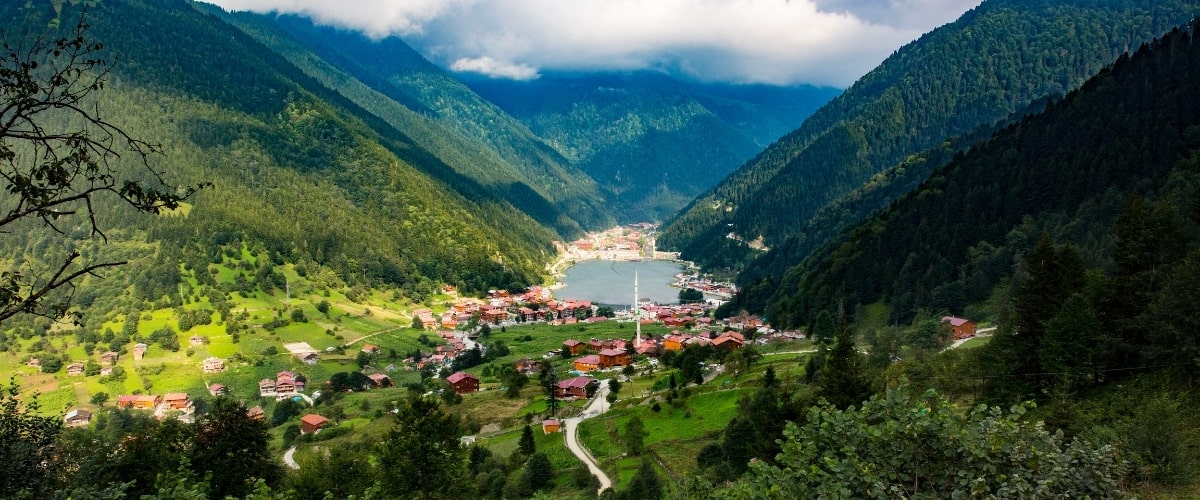Çaykara
The history of the district is generally related to the history of Trabzon. According to historical information, the oldest people identified in the region are the Kolkhs, the ancestors of the Laz. The region, which came under the rule of the Kingdom of Pontus, the Roman Empire, the Byzantine Empire and the Empire of Trebizond respectively in the Ancient Age, came under the rule of the Ottoman Empire after Fatih Sultan Mehmet destroyed the Empire of Trebizond in 1461. According to the Ottoman cadastral registers of 1486, Çaykara district In the villages of Ğorğoras, Holayisa, Paçan and Zeno, approximately 1277 people live in 243 households, 2 of which are Muslim and 241 of which are Christian. When we look at the 1681 census books, it is seen that the villages of Ğorğoras, Holayisa, Paçan, Zeno, Yente, Haldizen - İpsil, Okene, Sero (Siros), Kadohor, Hopşera, Sarahos, Fotinos, Zeleka have completely converted to Islam. In 1915, during World War I, the district was occupied by the Russian Army. "Martyrs Hill", located on the Sultanmurat Plateau, 27 km south of the district, is the immortal monument of the Turkish Soldiers who were martyred in this war. While it was a village within the district of Of until 1925, the subdistrict gained district status in 1925 with the law no. 5071 on 01.06.1947 and was de facto organized on 01.01.1948. February 27 is celebrated as "Liberation Day". The name "Çaykara" was given to the district because of the "Çaykara Water" that emerges from the stones near the junction of Solaklı and Yeşilalan streams. Its old name used among the public is Kadahor, meaning "Lower village".






Leave Your Comments